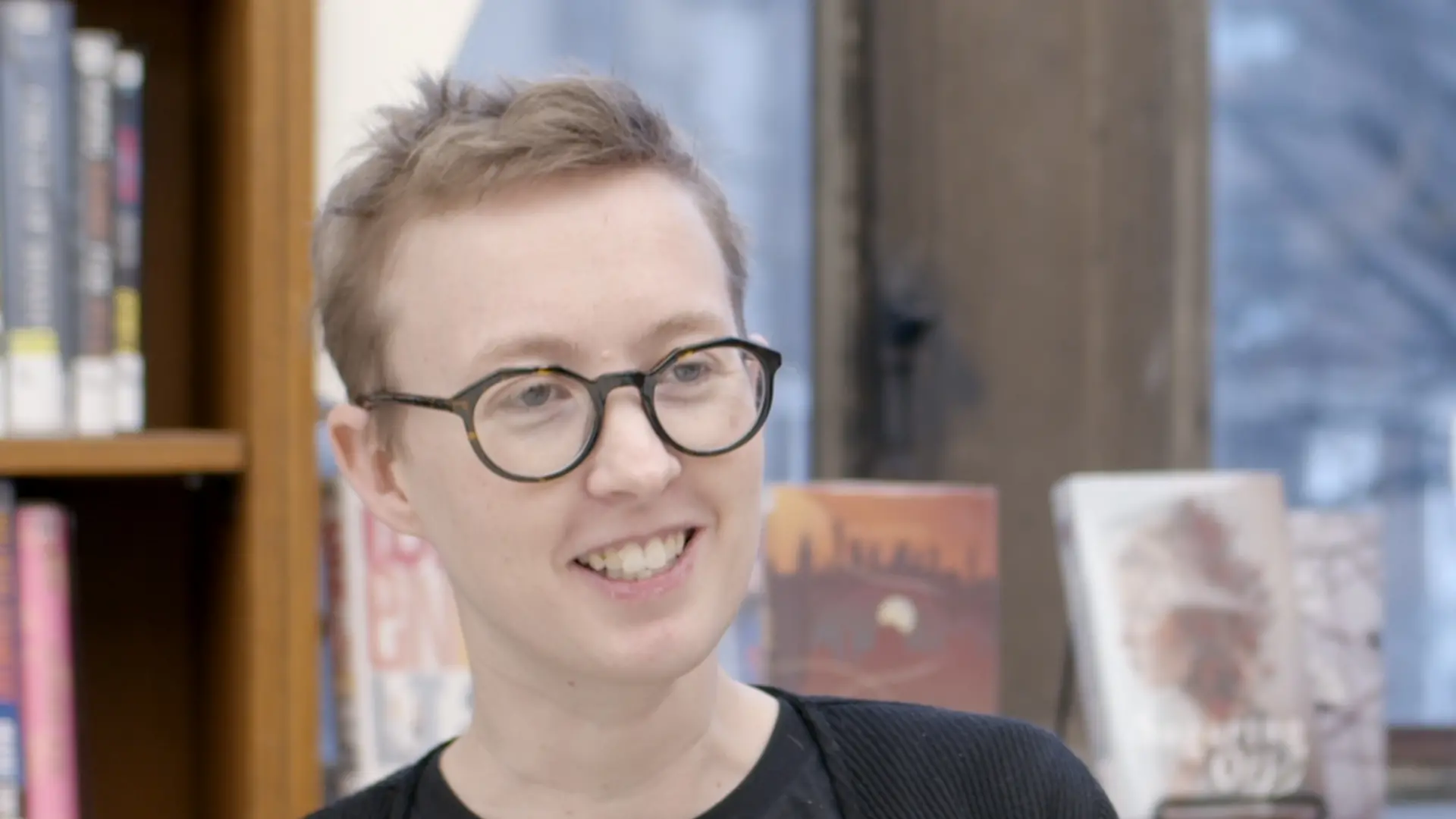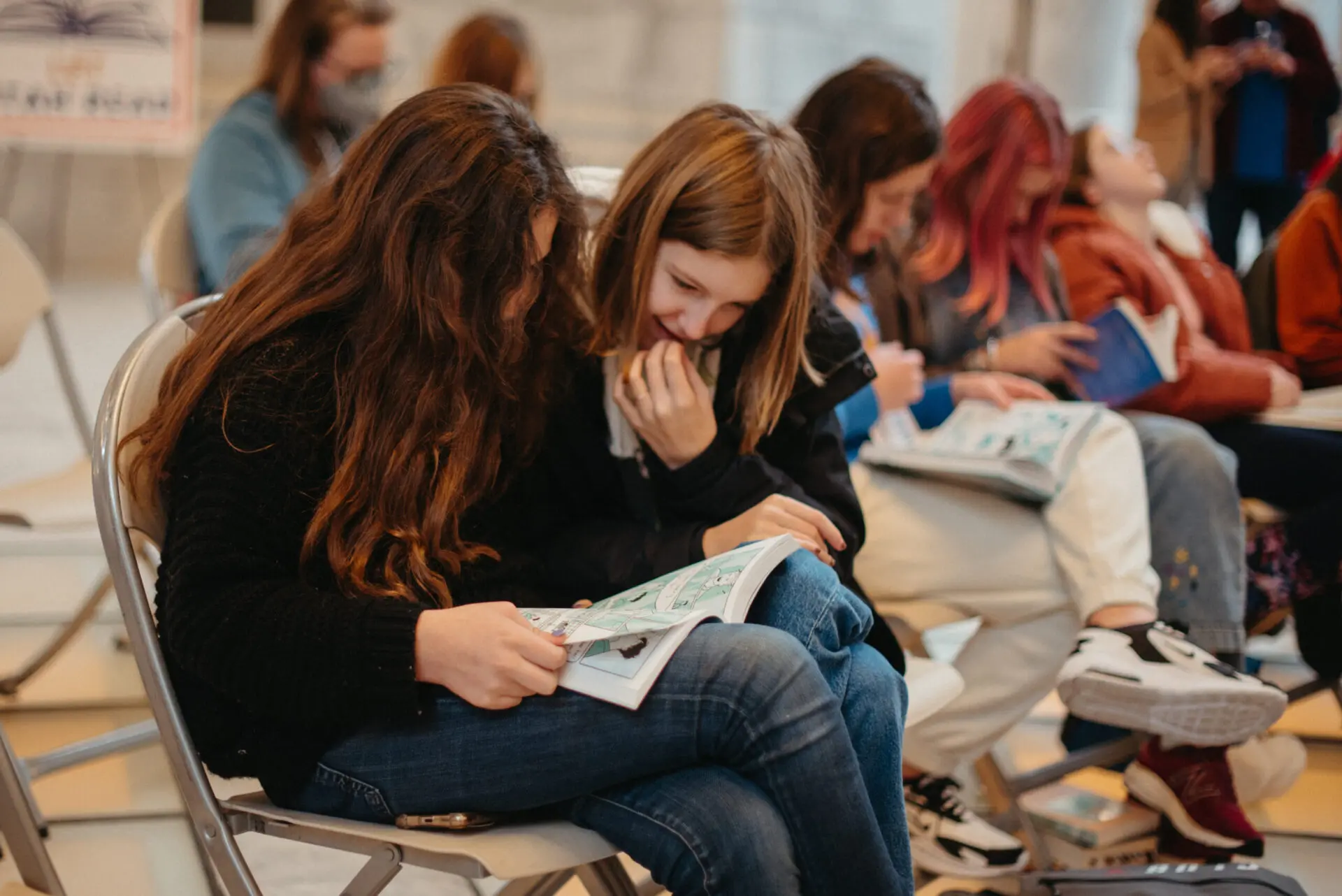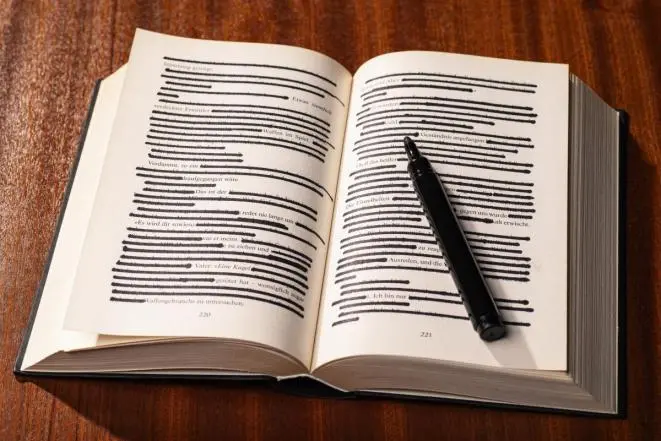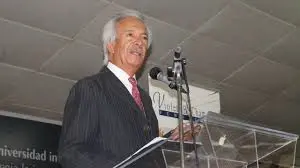Julia Cameron Is Still Showing the Way
‘The Artist’s Way’ is back on bestseller lists as she releases an update for 2023

By Lisa Tolin
It has been more than 30 years since Julia Cameron published The Artist’s Way, and yes, she still writes morning pages.
Cameron’s influential guide to the writing life has sold more than 5 million copies and been translated into 40 languages. It’s recently landed back on bestseller lists, something Cameron attributes to a creative blossoming during the pandemic. It’s also spawned more than a dozen other books, including her latest, Write for Life: Creative Tools for Every Writer, which she calls “a love letter to writing, and to writers.”
Key to her method are morning pages — a daily practice of writing three pages in longhand about whatever comes to mind. Cameron says the pages “bring you back to yourself,” and set the trajectory for the day.
“You find yourself less caught up in other people’s agendas and less caught up in social media and comparison. You begin to focus on yourself,” she says. “I’m a little bit of a fanatic. And so I will say, write morning pages and you’ll have breakthroughs.”
In an interview with PEN America, Cameron talked about what she’s added to her process from The Artist’s Way, and how the creative landscape has changed since its publication.
Do you still write morning pages in the same way, or has it changed since you began?
I went through a period where I was just using my morning pages to write out prayers. But I went back to the traditional way of writing about anything and everything, and it worked better and actually was a better prayer.
When you wrote the book and maybe now, there was some romanticism around the idea of the struggling artist. You instead embraced mental health. Do you feel like the world is catching up?
I don’t know if the world is catching up. I hope the world is catching up. But I did a podcast earlier this week with two people as hosts, and they were both blocked writers, and they had the usual blocks of fear of exposure, fear of being foolish, fear of not being able to finish. And so I felt like the book was timely.
What’s the most frequent challenge you hear about when you work with writers?
I think it’s perfectionism. “If I have to write, I want to write perfectly.” People are striving to be brilliant, and this is something I’m very familiar with, which is a desire to be beyond reproach, to not be judged. And that sets up a pretty toxic set of expectations.
Do you have a tip for somebody who’s struggling with perfectionism?
Well, I have an exercise that’s very simple, which is:
If I didn’t have to do it perfectly, I’d ________________
If I didn’t have to do it perfectly, I’d ________________
If I didn’t have to do it perfectly, I’d ________________
And you fill in the blank 10 times. And usually by the end of it you realize, “Oh, there’s no doing it perfectly. I don’t need to do it perfectly. I can just try.”
“I don’t think you can silence the inner critic. I think you can miniaturize the inner critic and you can change its voice from being the voice of doom to being sort of a wee, peeping cartoon voice.”
What’s your best advice for silencing the inner critic?
Well, I don’t think you can silence the inner critic. I think you can miniaturize the inner critic and you can change its voice from being the voice of doom to being sort of a wee, peeping cartoon voice. This, again, is something that happens with morning pages because there’s no wrong way to write morning pages. When your inner critic says, “You’re boring,” you just say, “Thank you for sharing.” As you say, thank you for sharing, you acknowledge the critic, but discount the critic. It miniaturizes it. And I think I have a fun thing for people to do, which is to name their critic. Mine is named Nigel, and Nigel is a gay British interior decorator. And Nigel has high standards and Nigel always has a negative comment. And so I have been living with Nigel for 55 years as a writer. And now Nigel is like a negative relative at a picnic, somebody who always has something nasty to say. And I’ve learned to discount Nigel.
Those familiar with The Artist’s Way know about morning pages and artist dates. And you’ve added some new tools. What inspired the additions?
When I wrote The Artists Way — it’s a 12 week course and it was always in the 12th week when I said, “Oh, P.S., exercise.” In the 30 years since the book has come out, I recognized that exercising is actually far more important. And so I’ve added a walk and I suggest you go out twice a week for a walk, 20 minutes at a crack, without a dog, without a headphone, without music unspooling in your ears. Just you and your consciousness. And what I find is that people wake up to their environment and wake up to a sense of expansion.
The world has changed so dramatically since you published The Artist’s Way, with everyone now carrying the internet in their pockets. I wonder if it’s affected the creative process.
I think the blocks are largely the same, with the difference being that with computers and iPhones and all manner of social media, people can tend to blast themselves pretty thoroughly out of having time to write.
“I think the blocks are largely the same, with the difference being that with computers and iPhones and all manner of social media, people can tend to blast themselves pretty thoroughly out of having time to write.”
Do you think people struggled to find inspiration during the pandemic?
Well, I have a tool, which is called an artist date, which is once a week, go out and do something festive and fun and enjoyable for your inner artist, for your inner youngster. And during the pandemic, we weren’t allowed to go out, so people had to focus on what they could do right in their house. So they refilled the well by baking pies, by making soup, by painting their toenails, by taking a bubble bath, by listening to an unfamiliar piece of music, by dancing barefoot. And these activities were enjoyable and fun and kept people from feeling too trapped and claustrophobic.
So you haven’t seen a worsening in creative problems?
I think the opposite is true. I think that what the pandemic did was sort of cast people back on their own resources and cause them to say, well, I’m looking around for a way to be more creative, more inspired, more healthy. So instead of worsening during the pandemic, I think our creativity actually blossomed.
There’s so much conversation around creativity on podcasts and other media now. Are you surprised by the volume of that conversation?
At this point, The Artist’s Way has sold 5 million books, and that means that 5 million people have experimented with the tools. And I think that they constitute a pretty powerful example of creativity becoming unblocked – and this is contagious. I think that people find themselves drawn to the methods that have worked for others.
So it’s a little bit like visiting the garden, where you see all these different flowers blooming. And it’s as if I scattered the seeds and then the flowers grow.
Lisa Tolin is the editorial director of PEN America and the author of the picture book How to Be a Rock Star.










